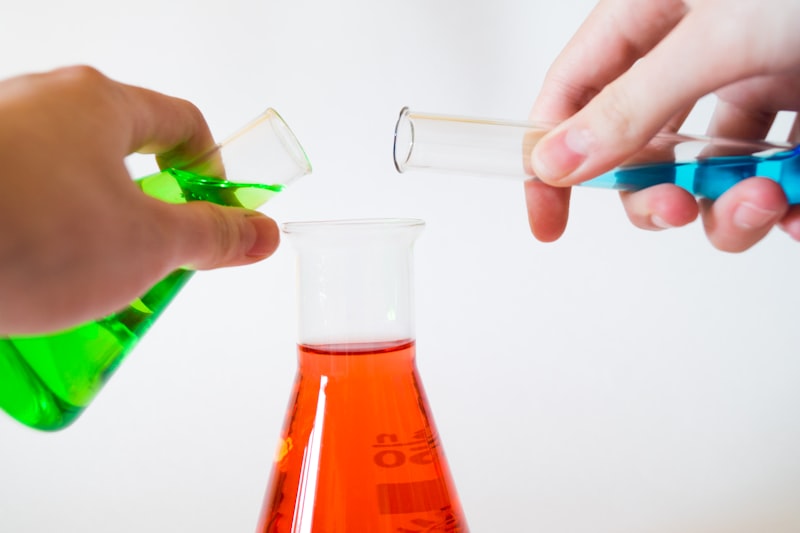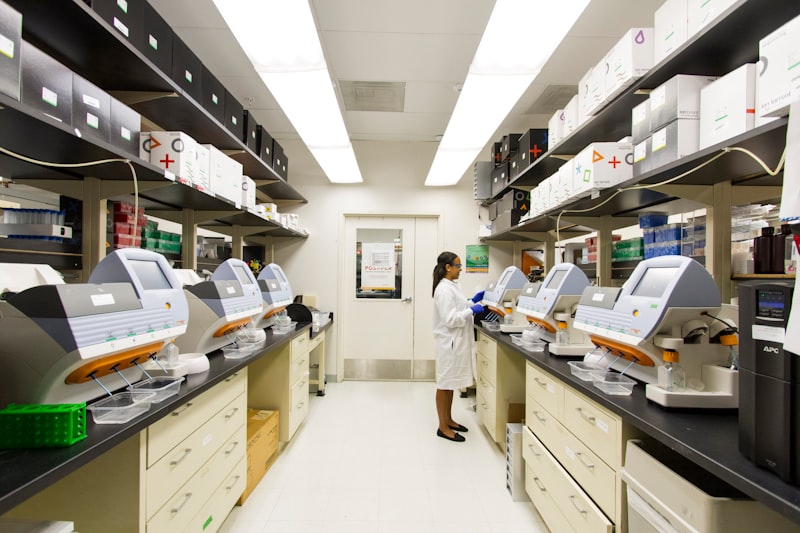I've been working on Google Adwords and experimenting with different campaigns and ad types for a while now for many of my clients. And I've learned a few things along the way. You need to run several experiments to get your campaigns and ads to perform the way you want them to.
The only way to optimize them is by trying out different things, running experiments, analyzing the data, seeing what works and what doesn't, and improving based on that.
What are experiments?
An experiment is basically any change or set of changes made to a given campaign or ad to see how it affects your results. For example, changing your bid from $1 per click to $2 per click; increasing your daily budget from $10 to $20; adding negative keywords like "free" or "cheap"; creating specific ad groups for certain types of products in your ecommerce store; testing different types of ads like product listing ads vs. regular text ads; etc.
You may often find yourself wondering if a specific aspect of your AdWords campaign is underperforming. This could be anything from a particular bidding strategy to a low-performing ad. The good news is that there's a way to improve these lagging elements: experiments allow you to test out new settings and see what's working best for you. Essentially, experiments will help you optimize your campaign performance and increase sales.
Read on to follow a simple process that we follow here at DataDab that you too can follow:
Define your goals
Remember when our first few A/B tests went up in smoke? Welcome to AdWords as a for-profit advertising service. Since a bunch of ad guys designed the system, it's common for image ads and other test niches with a high cost to have lower conversion rates than your more competitive ad groups. In Google's AdWords, you can't test every possible variation of your image or headline. Instead, you have to be very strategic about what you're testing. You can't test 60 different colors of color variations for one banner because the site will crash under the load. Instead, think about what aspects of your copy or images are affecting conversions (is it the headline? The colors? The last line?) And then make small changes.
Do your research
Keyword research. It's crucial to use keywords your customers actually search for...and that don't cost too much per click. The problem with most AdWords campaigns is that they use irrelevant keywords to their product. For example, if you sell pet food, you'd want to target "cat food" and "dog food" instead of just "pet food."
- Talk to your customers and determine what they are looking for in a purchase decision.
- Look at your competitors' ads on the Google Display Network and use the best ones for inspiration when creating your ads.
Define your metrics.
Define your metrics. Before you even start running an ad campaign or experiment, first define any metrics that are important to you. You need to know how much money you want to make or how many impressions or clicks you want before you can put together an effective pricing strategy.
Know your audience. Once you have a metric (such as revenue), it's time to know who will see your ad and how they will react. It's very important to focus on the most relevant keywords for your business and target them with both broad and niche keywords pertinent to your business/product.
The two most popular metrics for Adwords experiments are click-through rate (CTR) and conversion rate (CR). CTR measures how often someone clicks on your ad when it appears in search results. CR measures how often someone completes a purchase after clicking on your ad.
Brainstorm and decide on the variations.
Brainstorming on ad copy variations is a great technique to figure out new ways to rewrite your ad copy and try to get more clicks.
It's a collaborative process that allows people in your team to brainstorm with you to generate as many ideas as possible. Everyone should freely share their ideas without any limitations or filters.
Here're some quick tips on how you can effectively brainstorm about your ad copy variations:
- Invite everyone in the team, whether it's your colleagues, clients, or even friends from other teams or departments who have experience writing ad copies. It doesn't matter if they're not familiar with writing AdWords ads because brainstorming is about thinking of all the possible solutions.
- Keep it short and straightforward. You don't want to invite 10 people and have no one attending due to time commitment issues. If you need more help, do multiple sessions over different days instead of everything at once, unless it's absolutely necessary for all the people involved, such as a client meeting where both parties cannot meet again before the deadline.
Setup the campaign and configure it for experimentation
Use the Experiments feature to define the percentage of traffic you want to send to the experiment. You can choose between 10%, 20%, 30%, or 40%.
- Specify how long you want your experiment to run for.
- Select a conversion action that you want to track during the experiment. Google AdWords will then optimize your campaign (for example, by increasing your bids) to maximize the number of conversions from your conversion action.
As you can see, running and optimizing Adwords experiments isn't rocket science. All the tools to do them are included in the interface. You don't need to go elsewhere to try out different possibilities. So don't be afraid to experiment. But, above all else, remember that everything is data-driven and that there's no perfect solution for PPC. The best way to approach it is by constantly seeing what works and what doesn't. What do you think? Are you using any Adwords experiments currently? How are they going?






